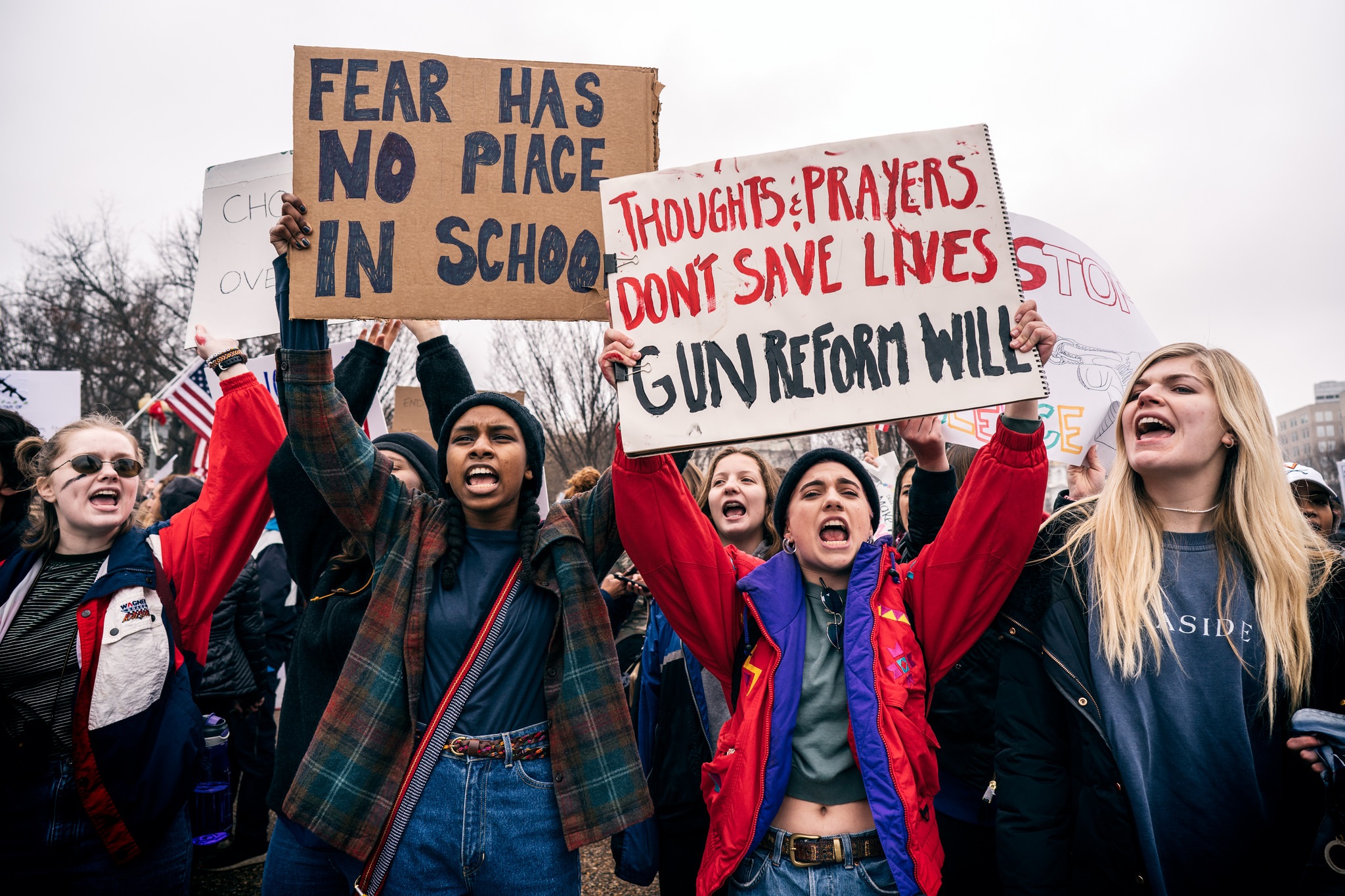Every week, somewhere in America, a gun is fired in a school. That’s led to frenzied news coverage and dire punditry, but almost no perspective or context. It’s understandable, then, that nearly six in 10 students and parents worry about a shooting at their school. This rage, however, is generating destructive and counterproductive responses that don’t match the scope of the problem.
Take former Education Secretary Arne Duncan, who after last month’s shooting in Santa Fe, Texas, called for students to boycott schools until laws are passed to make them safer. That would mean more students at home, where the risks of gun murder are nine times higher. What’s getting lost in all the justified outrage about school shootings is that 99.8 percent of America’s 15,000 annual gun homicides occur in places other than schools. To better make his point, then, students should stay in schools—among the safest places from shootings—and refuse to leave in protest of gun carnage throughout American society.
Let’s review the reality young people face, in context. Over the last year, 63 shootings in or around schools have killed 32 students, including 14 in Parkland and eight in Santa Fe. However, in that same timespan, around 1,200 American children ages five to 18 were murdered by guns, according to estimates from the Centers for Disease Control. More than 500 of these school-age kids died in gun murders in homes and another 350 on streets and in other public areas. These tragedies also deserve horror and outrage—yet, they are often met with silence.
Actually, America’s 130,000 elementary and secondary schools, attended by over 50 million students every school day, are by far among the safest places from gun violence. At 2018 rates, the average student would have to go to school every day for 2,000 years before risking a gun being fired there, and 5,000 years before risking a deadly shooting. Walking America’s school hallways and campuses is like walking the streets of Copenhagen in terms of the risk of gun violence.

Just like the irrational mindset of those who fear flying but don’t hesitate driving to the airport, this is a case of misplaced panic. Media outlets and political leaders are supposed to put the threats we face in their appropriate context based on government agencies and academic scholars who “do the math.” Instead, American authorities are shamefully stoking fear toward schools and young people. And the ill-informed talking heads on cable news don’t help.
Furthermore, no one seems to be raising the issue that in America, unlike the rest of the industrialized world, one-fifth of all children grow up in abject poverty. Among the poor, gun violence is 20 to 40 times higher than it is in the rest of society.
Most mass shootings, as Everytown for Gun Safety has found, are related to domestic or family violence—and a quarter of the victims are children. So, instead of asking teenagers why “their” peers commit shootings, parents and other grownups should have to ask the same question about “our” peers.
Gun violence has been moving steadily upward in age. Today, after young people have cut their gun deaths by half over the last 25 years, just 8 percent of gun homicides and 6 percent of total gun deaths (homicides, suicides, accidents) involve children of school age. More than half of all shooting deaths now are of people 40 and older. A gun isn’t necessarily safer in the hands of a 47-year-old than it is in the hands of a 17-year-old.
There are worthwhile legislative fixes, but not panaceas. Reducing poverty is paramount. Background checks and related controls offer promise for decreasing gun suicide rates and domestic killings. Bans on high-capacity weapons would somewhat reduce mass shootings over time.
However, the larger crisis is that in a culture with no solution to upwards of 300,000 gun killings and 3 million gun injuries over the last decade, Americans still refuse to confront basic, disturbing facts about gun violence. We continue to fixate only on the small fraction of shootings that allow us to indulge in finger-pointing and blame-the-kids rhetoric. So long as we keep distorting facts, solutions to America’s gun epidemic will remain not just difficult, but impossible.



